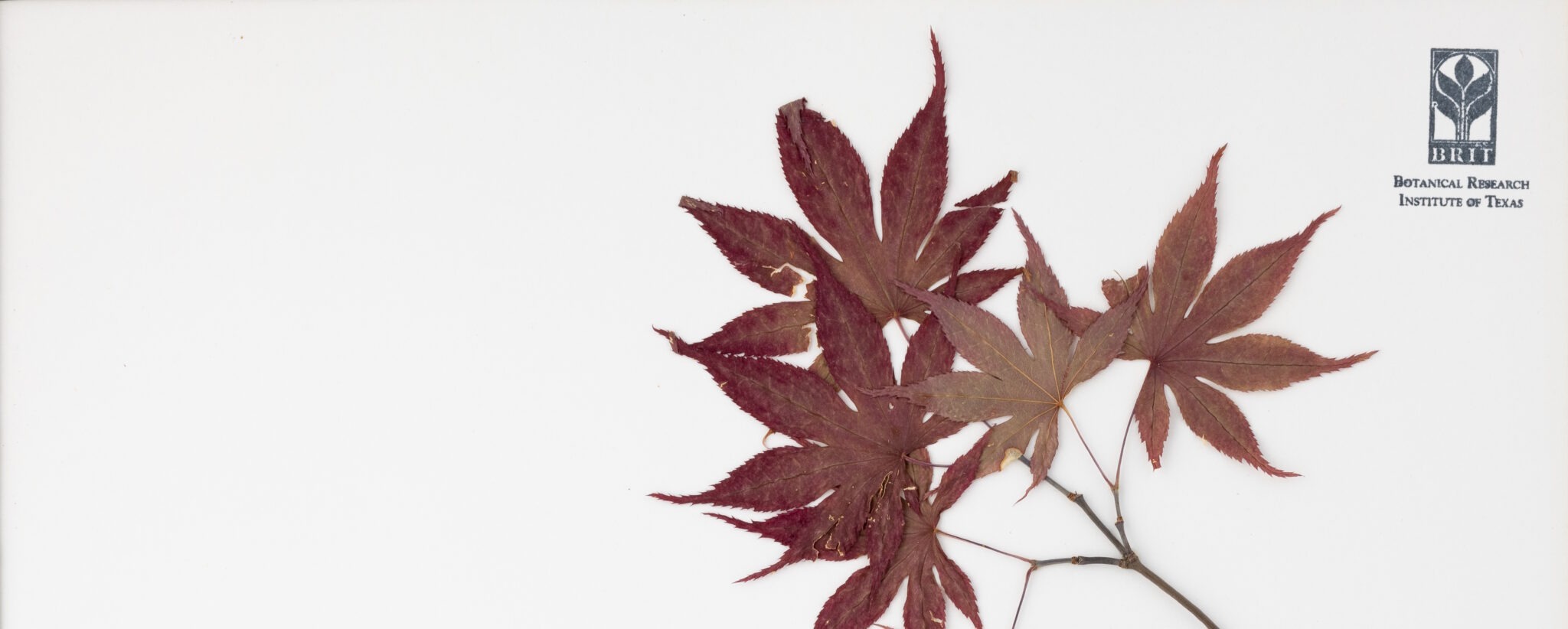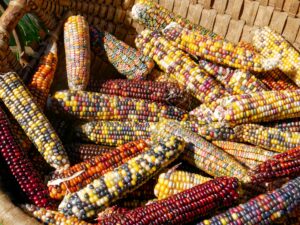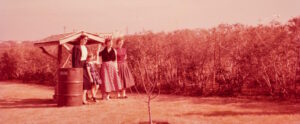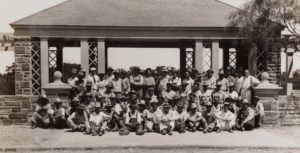Today, the Fort Worth Botanic Garden and the Botanical Research Institute of Texas (BRIT) are a single organization, but that is a recent development. BRIT and the Garden combined forced in October 2020 after many decades of independent operation.
However, the Garden, founded in 1934, and BRIT, founded in 1987, worked together for years before the merger. One aspect of that long-term partnership is preserved in specimens in the BRIT Herbarium that were collected in the Garden.
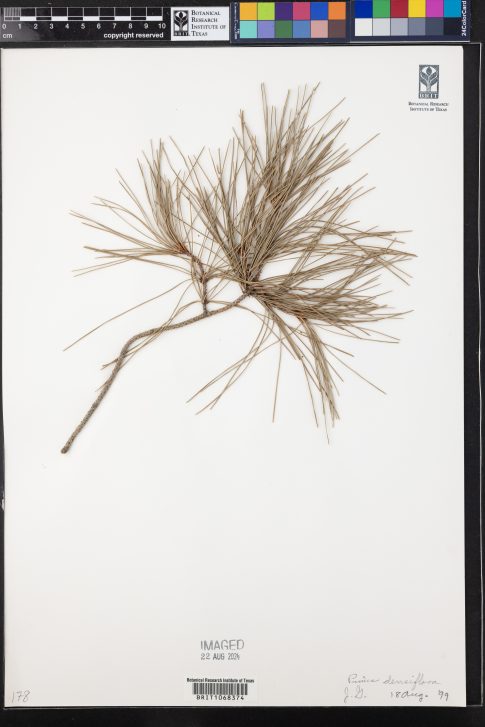

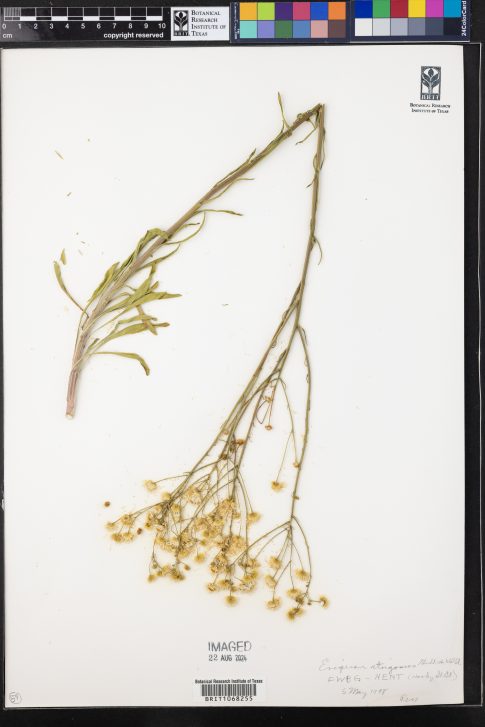
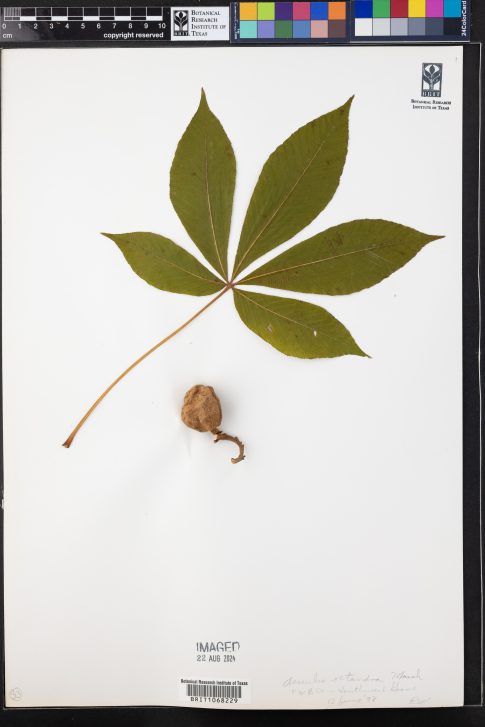

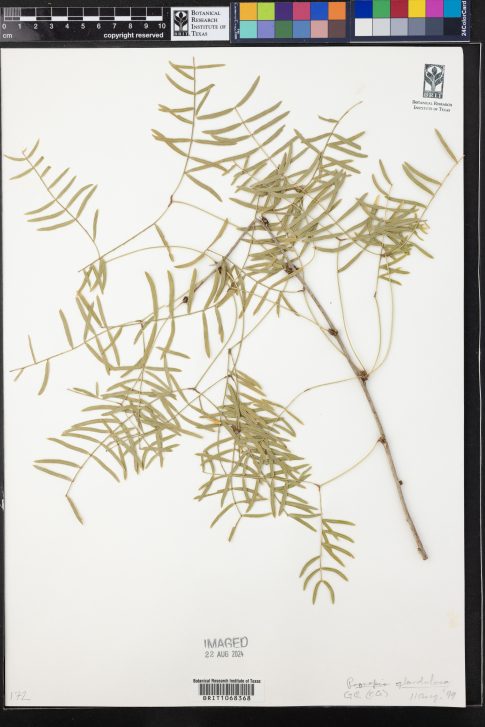
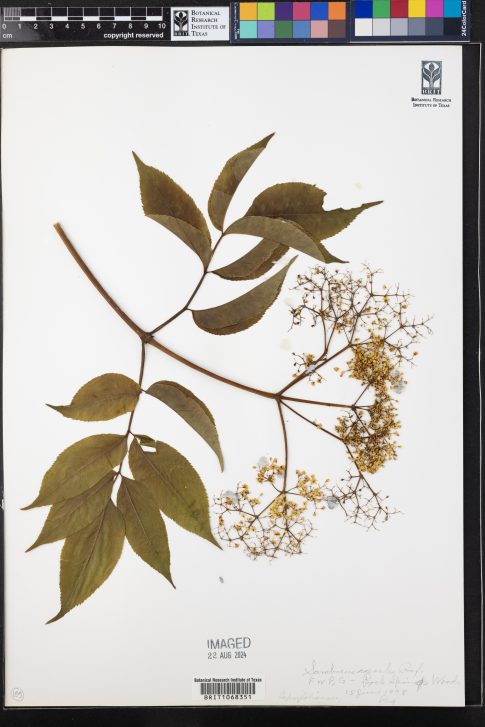
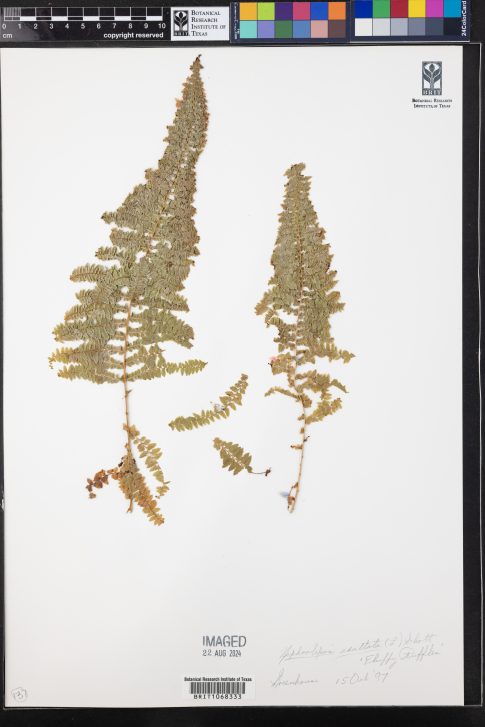
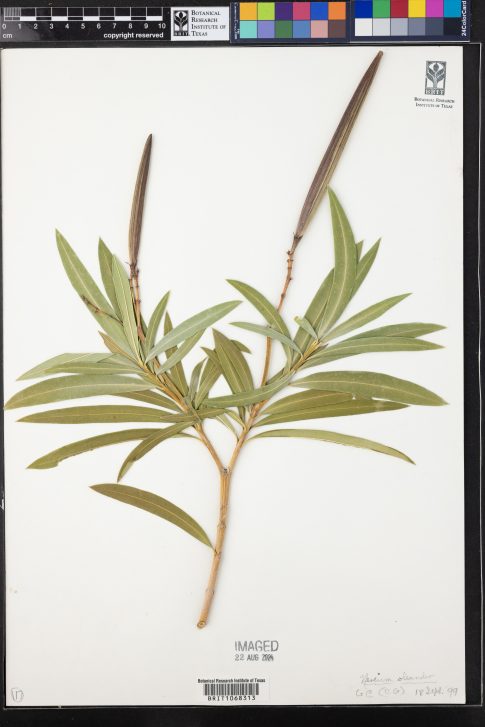
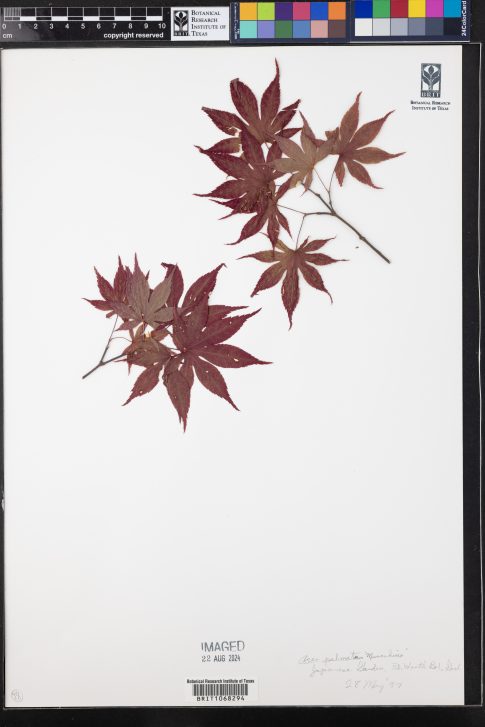
Specimens were collected in three major phases. The first phase is reflected in more than 200 specimens that date from the summer of 1976, all collected by Roland Patrick Collins. Collins had a busy summer, preserving samples from trees, shrubs, wildflowers and vines.
The next phase dates from 1982 and 1983, when a collector identified as Jana Harris preserved about 60 specimens, mostly flowering plants including Lonicera fragrantissima Lindl. & Paxt. (winter honeysuckle), Pyracantha crenulata (D. Don) M.J. Roem (Nepal firethorn) and Lantana Camara L. (lantana.)
Unfortunately, both the Harris and the Collins specimens were at some point in their history laminated. This makes digitization extremely difficult, as light reflects off the laminated surface. It also limits the use of these specimens in research, since laminating presents sampling of plant tissue for genetic and chemical studies.
The final phase of collecting took place between 1997 and 1999, when more than 240 plants were collected from across the Garden. Fortunately, these specimen sheets were not laminated and have been digitized. It’s not clear who collected most of these plant samples, although many of them bear the initials REN.
As well as demonstrating the deep and lasting connection between the Garden and BRIT, the specimens serve as good reminders for plant collectors today. Best practices in collecting exist for a reason, such as recording information in as much detail as possible. Presumably in 1999, REN’s identity was so well-known additional information wasn’t needed.
Similarly, the specimens from the 1970s and 1980s seem to use map references to identify the specific location from which they were collected. However, we don’t know which map they refer to. Fortunately, the widespread availability of GPS technology today has made it much easier to provide latitude and longitude coordinates for all herbarium specimens.
Finally, specimen sheets are sometimes laminated to make them sturdier and easier to use in a classroom setting. However, lamination limits how these specimens can be used in the future and so is avoided in scientific collections held by professional herbaria.
The BRIT Herbarium continues to add new specimens from the Garden. Regularly collecting from the same location over time allows researchers to track the lifecycles of long-lived plants such as trees and study how plants respond to changes in the environment. The practice also provides data on factors such as diseases and pests present in the Garden and the diversity of the plant population on campus.
The BRIT Herbarium contains more than 1.4 plant specimens collected from every corner of the globe. Among them are 576 specimen sheets with a unique connection to the Garden and lasting evidence of a meaningful partnership.
We would love to know more about the collectors of these plants. If any readers have information about Roland Patrick Collins, Jana Harris or REN, please contact the Garden and share what you know!

